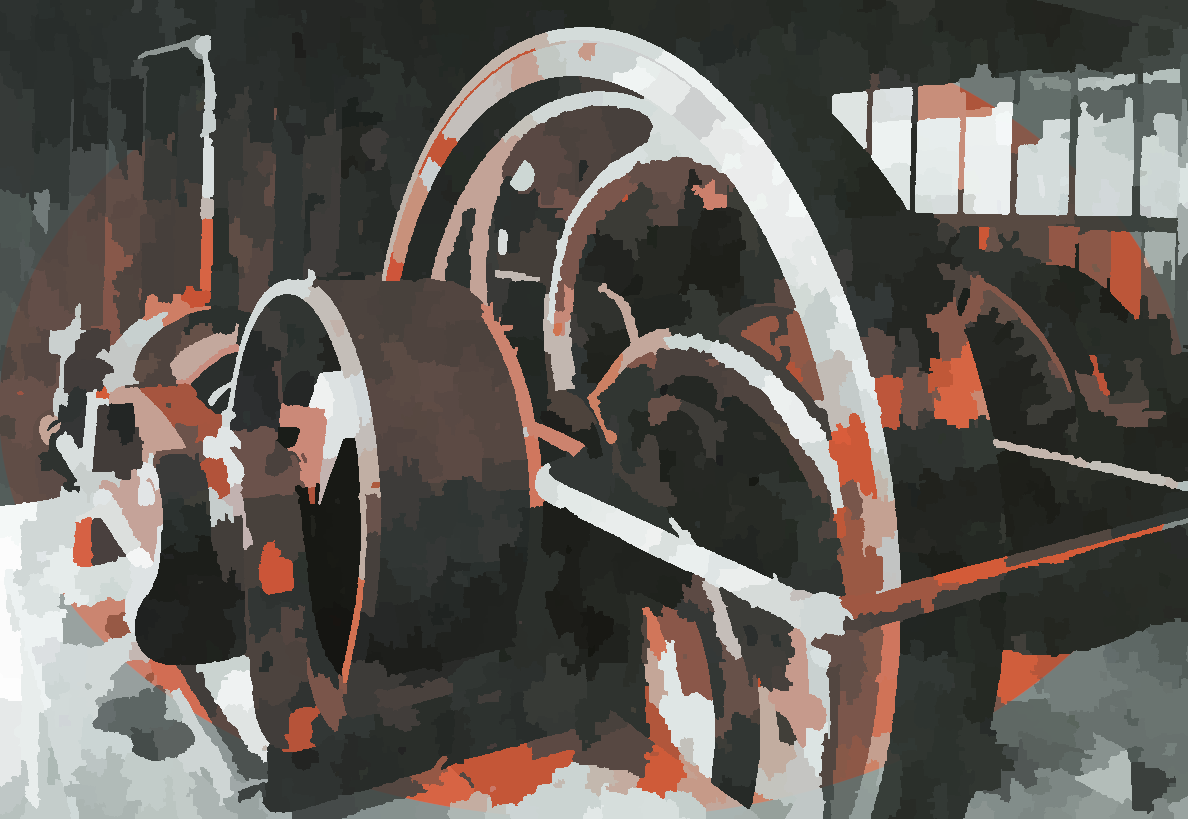|
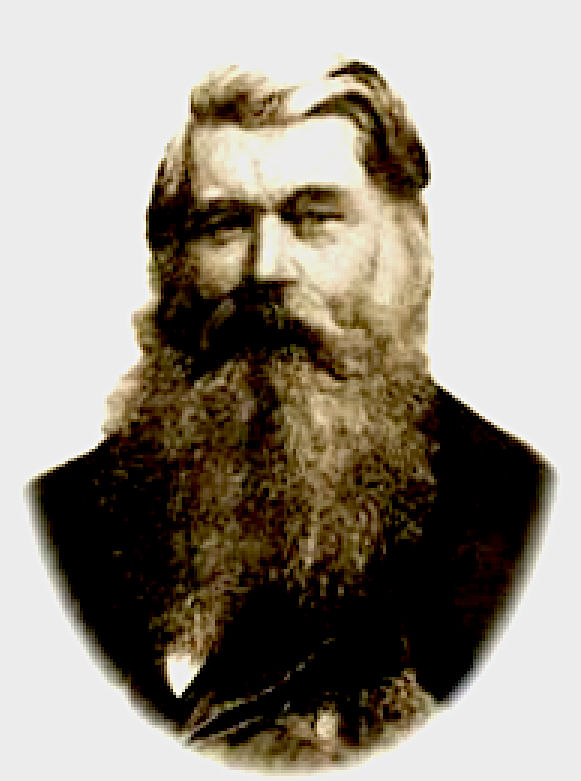
Sir
Joseph Swan
There
are several great and famous engineers and inventors, involved with
Major Charles de Roemer, in the development of Herstmonceux Electricity
Works. The Major, himself, being no slouch in engineering and
entrepreneurial endeavor. Joseph Wilson Swan was one of those touching
base with the Major, because of the electrical lighting, switch and
control gear he chose to install, and because Charles von Roemer, later
Charles de Roemer, was
leading the rural socialite charge to resistance illumination, while
Joseph was constantly developing the electric light bulb at Underhill,
Low Fell, Gateshead, where he conducted most of his experiments.
What
brought Thomas Edison into the frame was his rivalry with Joseph Swan, the English
physicist and inventor of the light bulb. Developed in the UK, independently of Mr
Edison in the US. As was to be unraveled in the High Court in London.
Ending in the Ediswan Lighting Company; a joint venture, by Order
of the Court. Such as not to invalidate the US patent. Since, technically,
Joseph Swan was first.
The
Major was also acquainted with John Hopkinson, another well known
British electrical engineer. It was a sort of an 'Electrical Club.' Thus, when
Thomas Edison was in England to have a litigation bash with Joseph Swan.
It was natural for the social elite to gather at the Manor House in Lime
Park, where much entertaining was done. We know this because of Margaret
Pollard's fascinating account of her life as a young lass growing up
in the village of
Herstmonceux. As the litigation between the two lighting magnate was
(presumably) in the High Court in London, between 1881 and 1883, ending
with the Courts virtually ordering the rival inventors to cooperate.
When all the dust settled.
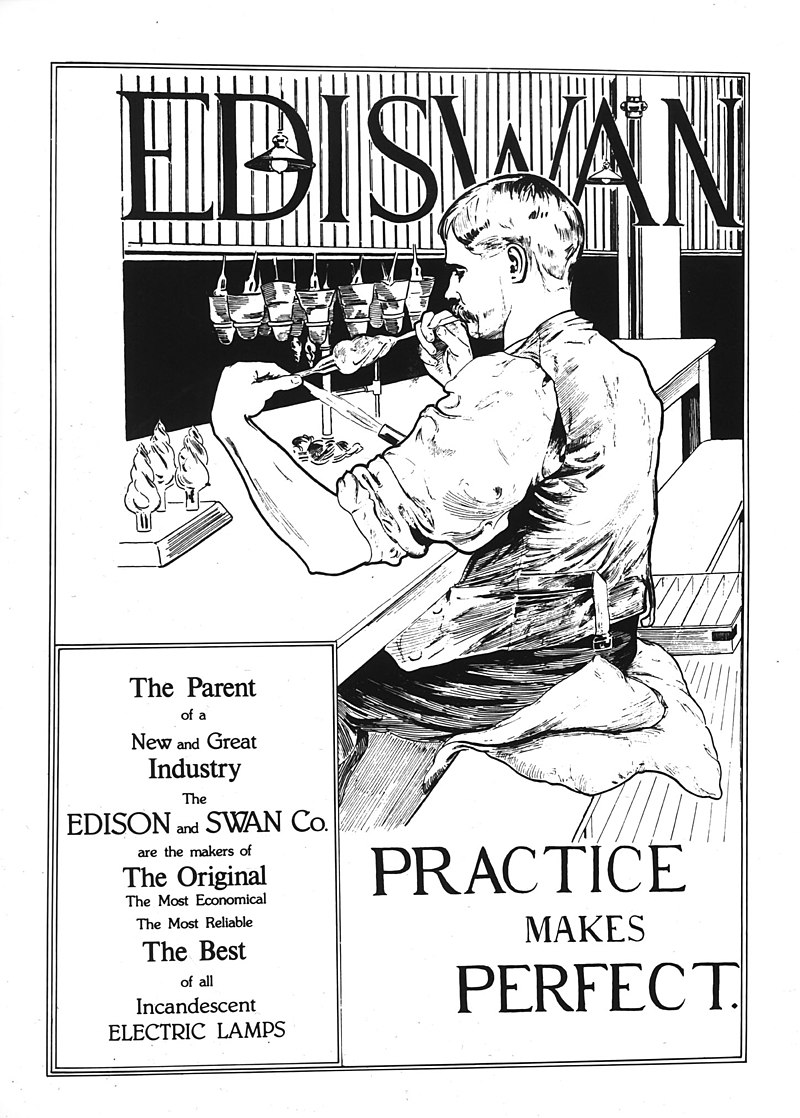
An
advertising poster for the 'Ediswan' incandescent lamps
In 1850, Swan began working on a light bulb using carbonised paper filaments in an evacuated glass bulb. By 1860, he was able to demonstrate a working device, but the lack of a good vacuum, and of an adequate electric source, resulted in an inefficient light bulb with a short life. In August 1863 he presented his own design for a vacuum pump to a meeting of the British Association for the Advancement of Science. The design used mercury falling through a tube to trap air from the system to be evacuated. Swan's design was similar in construction to the Sprengel pump and predates Herman Sprengel's research by two years. Furthermore, it is notable that Sprengel conducted his research while visiting London, and was probably aware of the annual reports of the British Association for the Advancement of Science. Nonetheless, Joseph Swan and Thomas Edison are later reported to have used the Sprengel pump to evacuate their carbon filament lamps.
In 1875, Swan returned to consider the problem of the light bulb with the aid of a better vacuum and a carbonised thread as a filament. The most significant feature of Swan's improved lamp was that there was little residual oxygen in the vacuum tube to ignite the filament, thus allowing the filament to glow almost white-hot without catching fire. However, his filament had low resistance, thus needing heavy copper wires to supply it.
Swan first publicly demonstrated his incandescent carbon lamp at a lecture for the Newcastle upon Tyne Chemical Society on 18 December 1878. However, after burning with a bright light for some minutes in his laboratory, the lamp broke down owing to excessive current. On 17 January 1879 this lecture was successfully repeated with the lamp shown in actual operation; Swan had solved the problem of incandescent electric lighting by means of a vacuum lamp. On 3 February 1879 he publicly demonstrated a working lamp to an audience of over seven hundred people in the lecture theatre of the Literary and Philosophical Society of Newcastle upon Tyne, Sir William Armstrong of Cragside presiding. Swan turned his attention to producing a better carbon filament, and the means of attaching its ends. He devised a method of treating cotton to produce "parchmentised thread", and obtained British Patent 4933 on 27 November 1880. From that time he began installing light bulbs in homes and landmarks in England.
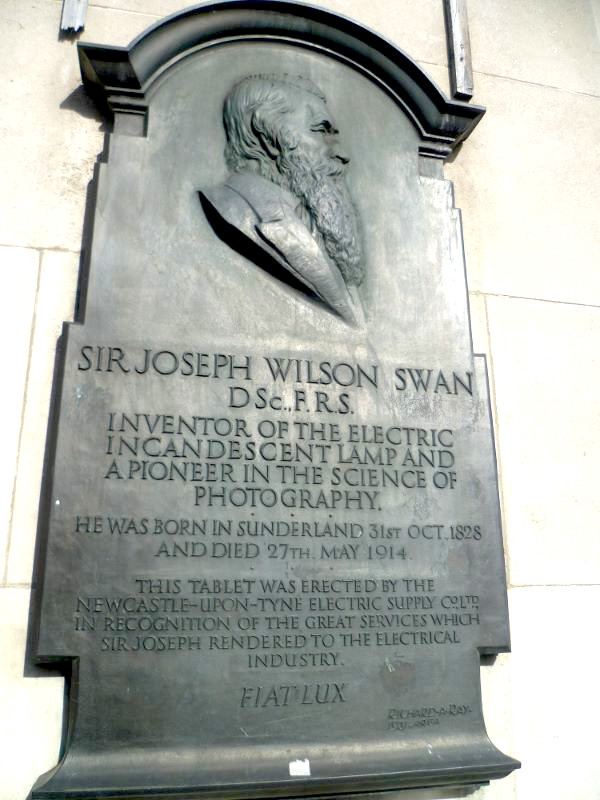
A
plaque in Newcastle-upon-Tyne, commemorating Sir Joseph Swan
His house, Underhill, Low Fell, Gateshead, was the world's first to have working light bulbs installed. The Lit & Phil Library in Westgate Road, Newcastle, was the first public room lit by electric light during a lecture by Swan on 20 October 1880. In 1881 he founded his own company, The Swan Electric Light Company, and started commercial production.
The Savoy, a state-of-the-art theatre in the City of Westminster, London, was the first public building in the world lit entirely by electricity. Swan supplied about 1,200 incandescent lamps, powered by an 88.3-kilowatt (118.4-horsepower) generator on open land near the theatre. The builder of the Savoy, Richard D'Oyly Carte, explained why he had introduced Swan's electric light:
"The greatest drawbacks to the enjoyment of the theatrical performances are, undoubtedly, the foul air and heat which pervade all theatres. As everyone knows, each gas-burner consumes as much oxygen as many people, and causes great heat beside. The incandescent lamps consume no oxygen, and cause no perceptible heat."
The first generator proved too small to power the whole building, and though the entire front-of-house was electrically lit, the stage was lit by gas until 28 December 1881. At that performance, Carte stepped on stage and broke a glowing lightbulb before the audience to demonstrate the safety of Swan's new technology. On 29 December 1881, The Times described the electric lighting as visually superior to gaslight.
The first private residence, other than the inventor's, lit by the new incandescent lamp was that of his friend, Sir William Armstrong at Cragside, near Rothbury, Northumberland. Swan personally supervised the installation there in December 1880. Swan had formed "The Swan Electric Light Company Ltd" with a factory at Benwell, Newcastle, and had established the first commercial manufacture of incandescent lightbulbs by the beginning of 1881.
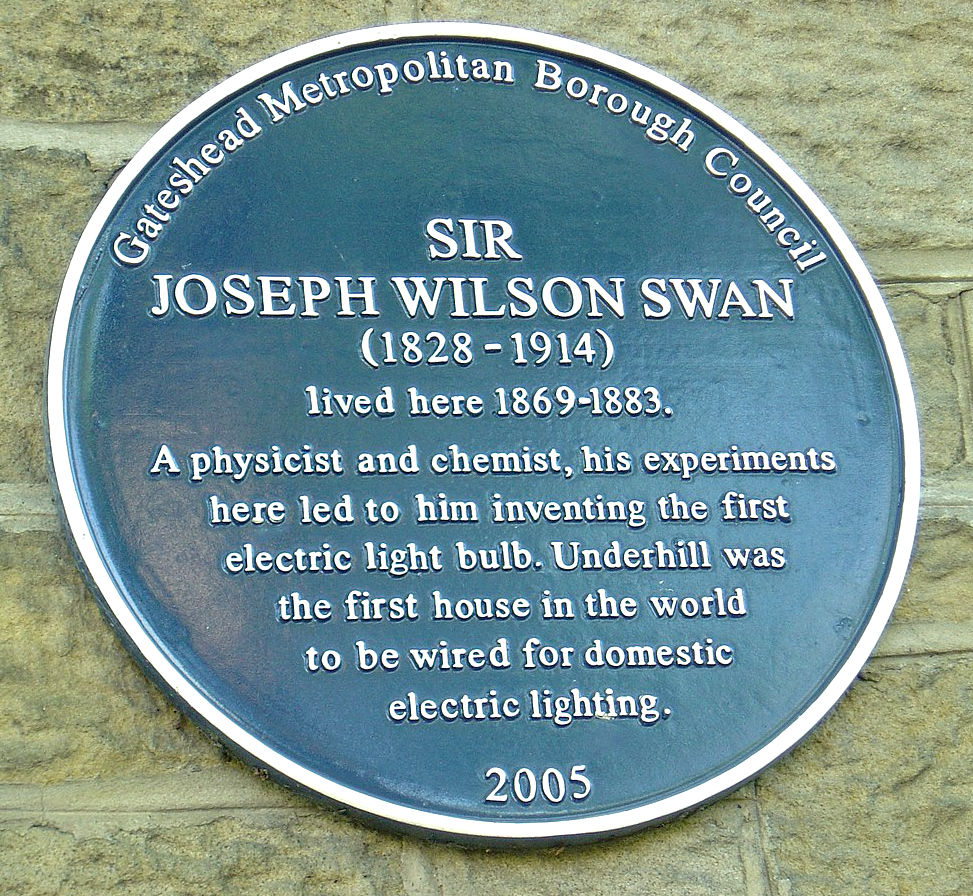
Underhill,
Gateshead - first house in the world with electric lighting
Swan's carbon rod lamp and carbon filament lamp, while functional, were still relatively impractical owing to low resistance (needing very expensive thick copper wiring) and short running life. While searching for a better filament for his light bulb, Swan inadvertently made another advance. In 1881, he developed and patented a process for squeezing nitrocellulose through holes to form conducting fibres. His newly established company (which by merger eventually became the Edison and Swan United Company) used Swan's cellulose filaments in their bulbs. The textile industry has also used this process.
The first ship to use Swan's invention was The City of Richmond, owned by the Inman Line. She was fitted with incandescent lamps in June 1881. The Royal Navy also introduced them to its ships soon after; with HMS Inflexible having the new lamps installed in the same year. An early employment in engineering was during the digging of the Severn Tunnel, where the contractor Thomas Walker installed "20-candlepower lamps" in the temporary pilot tunnels.
Swan was one of the early developers of the electric safety lamp for miners, exhibiting his first in Newcastle upon Tyne at the North of England Institute of Mining and Mechanical Engineers on 14 May 1881. This required a wired supply, so the following year, he presented one with a
battery and other improved versions followed. By 1886, a lamp with better light output than a flame safety lamp was in production by the Edison-Swan Company. However, it suffered from problems of reliability and was not a success. It took development by others over the next 20 years or so before effective electric lamps were in common use.

Herstmonceux Museum in
2016-17, match boarding revealed, with the well head reinstated, some
tree work still needed to ensure survival of the historic buildings.
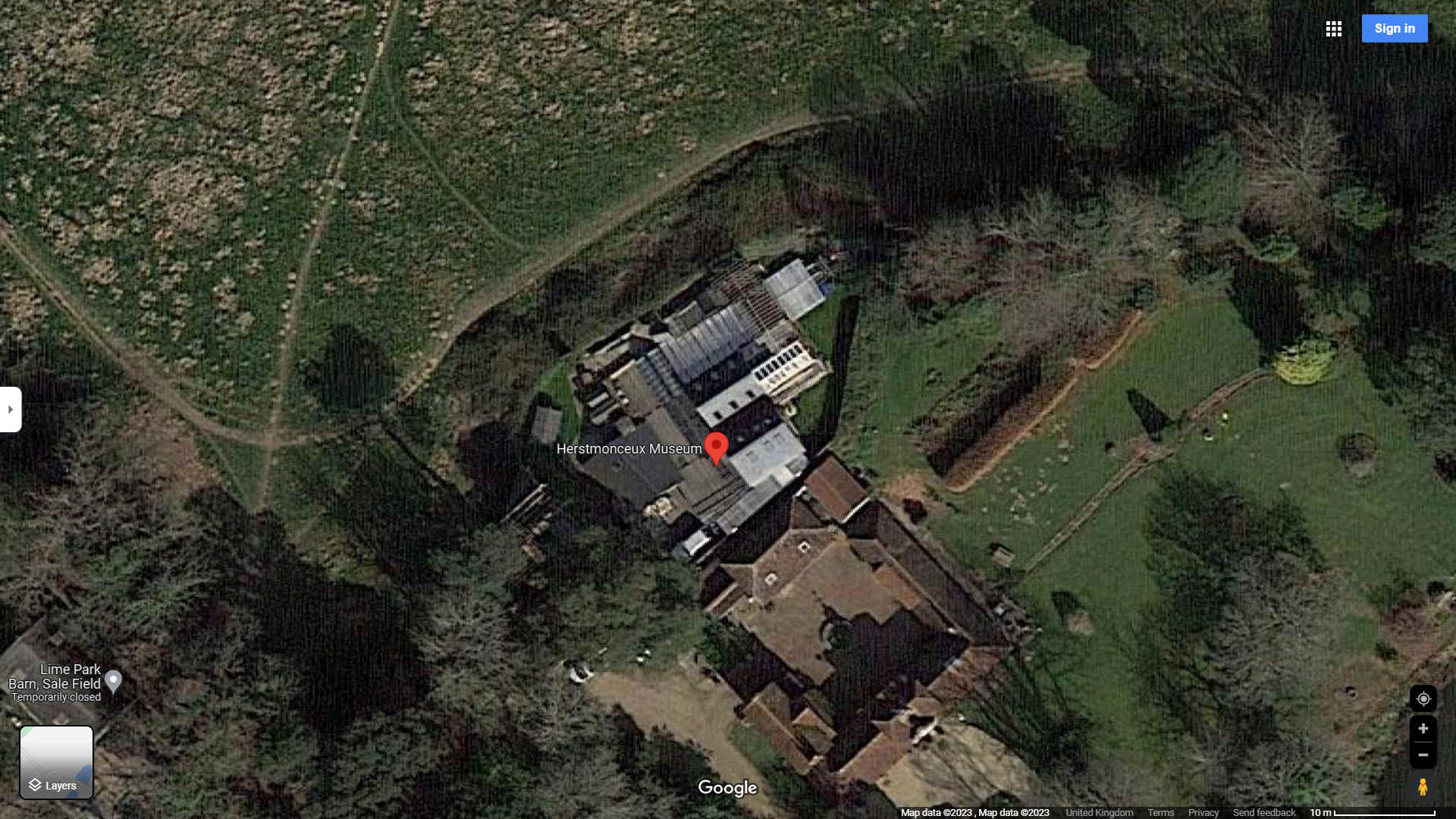
An
aerial view of Herstmonceux Museum in 2022, showing the public footpaths
north of the generating buildings. Many of which are unregistered, but
well trodden for over forty years, from our records.
COLLABORATION WITH THOMAS
EDISON
In what are considered to be independent lines of inquiry, Swan's incandescent electric lamp was developed at the same time that Thomas Edison was working on his incandescent lamp, with Swan's first successful lamp and Edison's lamp both patented in 1880. Edison's goal in developing his lamp was for it to be used as one part of a much larger system: a long-life high-resistance lamp that could be connected in parallel to work economically with the large-scale electric-lighting utility he was creating. Swan's original lamp design, with its low resistance (the lamp could be used only in series) and short life span, was not suited for such an application. Swan's strong patents in Great Britain led, in 1883, to the two competing companies merging to exploit both Swan's and Edison's inventions, with the establishment of the Edison & Swan United Electric Light Company. Known commonly as "Ediswan", the company sold lamps made with a cellulose filament that Swan had invented in 1881, while the Edison Company continued using bamboo filaments outside of Britain. In 1892, General Electric (GE) began exploiting Swan's patents to produce cellulose filaments, until they were replaced in 1904 by a GE developed "General Electric Metallized" (GEM) baked cellulose filaments.
In 1886, Ediswan moved production to a former jute mill at Ponders End, North London. In 1916, Ediswan set up the UK's first radio thermionic valve factory at Ponders End. This area, with nearby Brimsdown subsequently developed as a centre for the manufacture of thermionic valves, cathode ray tubes, etc., and nearby parts of Enfield became an important centre of the electronics industry for much of the 20th century. Ediswan became part of British Thomson-Houston and Associated Electrical Industries (AEI) in the late 1920s.
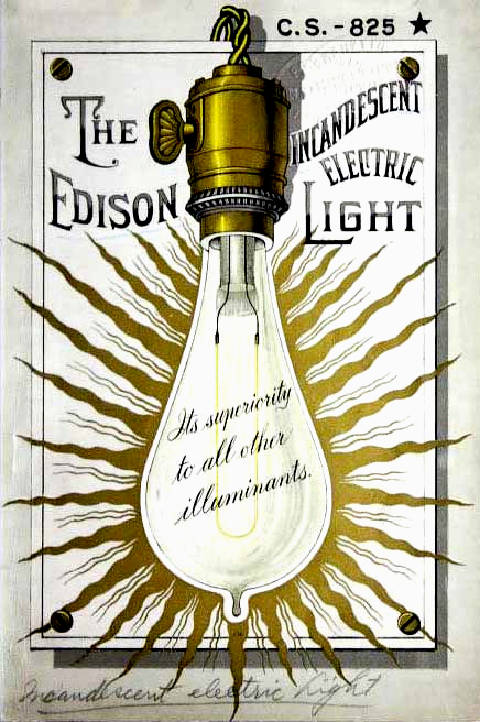
CHARACTERS
https://
If
you know of any information that may help us complete this story, please get in
touch.
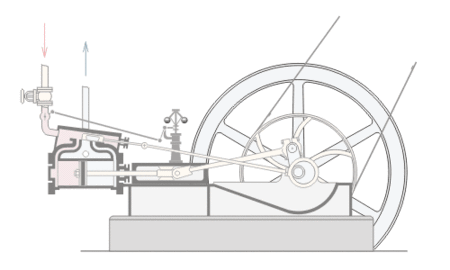
|
